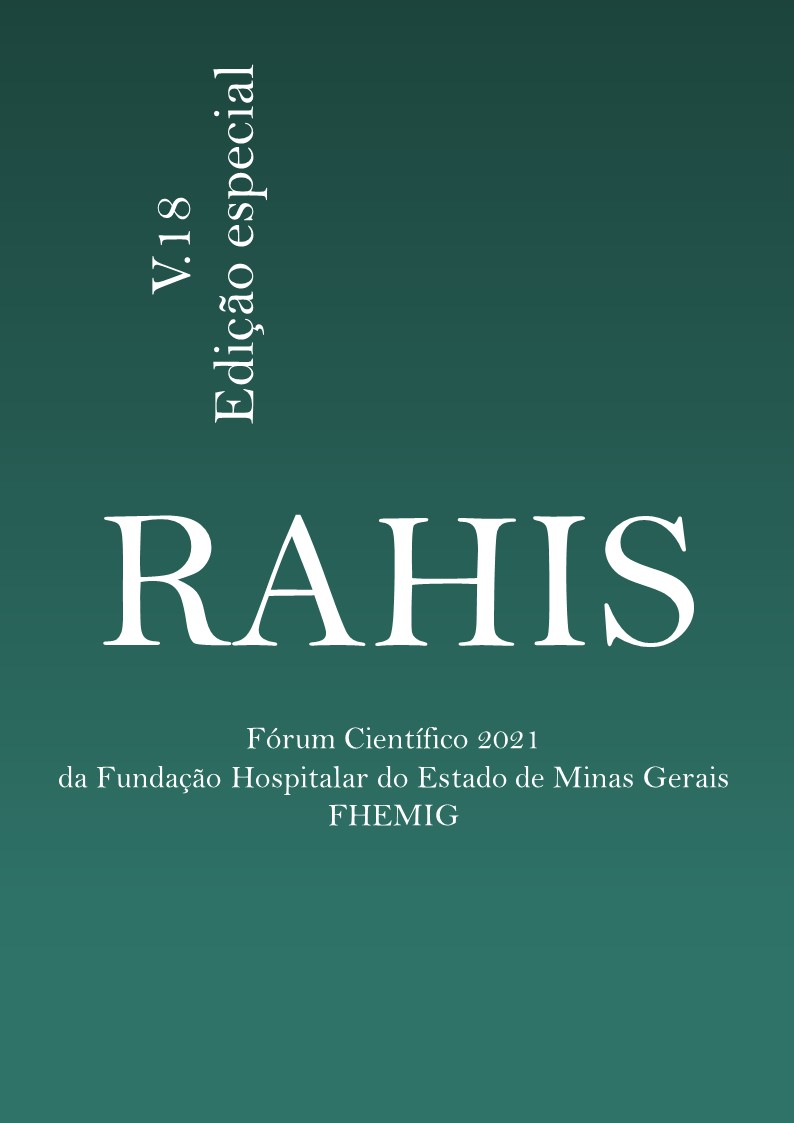Resumo
RESUMO
INTRODUÇÃO: A mortalidade materna é um problema de saúde pública, pois não se trata apenas de uma fatalidade singular, é também social, devido a desigualdade socioeconômica do país. Atualmente, outro fator relacionado às causas de mortalidade que merece destaque é a Pandemia da COVID 19. Diante desse cenário, a atuação dos Comitês de Prevenção da Mortalidade Materna é imprescindível, pois busca investigar e traçar metas para reduzir os índices. Essas entidades existentes dentro de cada instituição, atuam de forma ética, técnica e educativa, analisando os óbitos maternos ocorridos e indicando o que poderia ser evitado. OBJETIVO: O presente estudo tem como objetivo analisar os dados compilados pelo Comitê de Mortalidade Materna, Infantil e Fetal do Hospital Júlia Kubitschek (CMMIF - HJK) quanto a classificação de óbitos em gestantes e puérperas ocorridos do ano 2016 a 2021, relacionando às causas obstétricas e sua evitabilidade. Faz parte também do foco deste estudo realizar uma análise do impacto da Infecção pelo COVID 19 como causa direta e indireta das mortes maternas no período de 2020 a 2021. METODOLOGIA : O estudo foi realizado de forma transversal, com investigação do banco de dados do serviço do CMMIF do HJK, onde existe o atendimento de Pré-Natal de Alto Risco. Os dados fazem parte da análise dos prontuários de pacientes atendidas no serviço. RESULTADOS: No intervalo do ano 2016 a 2021, investigou 13 óbitos em gestantes e puérperas. Foi verificado um aumento do número de óbitos nesta população, sendo 3 óbitos em 2016, 3 em 2018, 2 em 2019 e 5 óbitos até julho de 2021. Destes, 8 foram consideradas causas obstétricas diretas e 5, causas indiretas. Além disso, 4 óbitos que ocorreram em 2021 foram consequência da infecção pelo Covid-19. Da totalidade dos óbitos, 3 foram considerados inevitáveis, os demais possuíam algum critério passível de evitabilidade, seja pela atuação da atenção primária, seja pela atenção terciária. CONCLUSÃO: Embora as complicações no parto e puerpério não sejam previsíveis, os indicadores de mortalidade materna são sensíveis a cuidados obstétricos de qualidade, demonstrando o quanto inúmeras causas de mortalidade materna são evitáveis. Torna-se então, imprescindível a identificação dos fatores que influenciaram na ocorrência destes óbitos, com planejamento para se evitar recorrências. Ação ainda mais em evidência após o surgimento da pandemia do Coronavírus, de forma a ampliar as ações voltadas aos cuidados coletivos e individuais.
Palavras- chave: mortalidade materna; coronavírus; causas obstétricas
